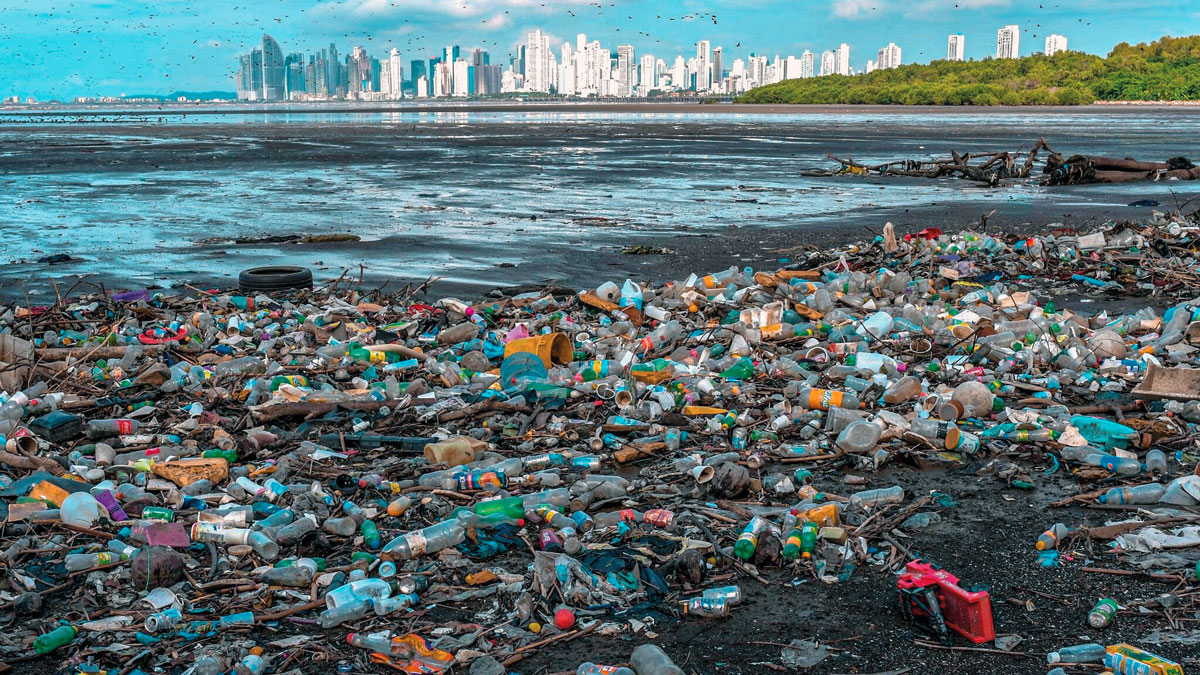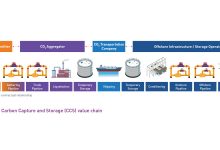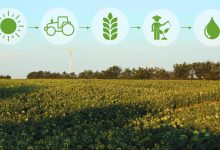Plastics: A Modern Curse that Needs to Be Lifted
It is a fact that if human civilization was ever to be wiped out of the face of the Earth, there would be a very easy way to tell our story and that an intelligent life form walked on our planet: plastics.
The production of plastics has escalated very rapidly over the years. From the 1950s until today about 8.4 billion metric tons of plastics have been produced with half the volume made since 2004. Given the fact that plastics are not fully recyclable and do not degrade naturally, these huge volumes are piling up on landfills, the ocean and even float in the form of microplastics in very air we breathe.
While salt and sunlight can cause plastics physically to break apart into smaller pieces, chemically the hydrocarbons linked together into the polymer chains of which plastics are made do not spontaneously decompose into other compounds. Much like crude oil they decompose only if they are burned at a high temperature to release mainly carbon dioxide and water. In all other circumstances, plastics simply accumulate in the environment, as carbon dioxide does in the atmosphere. This way about 11m metric tons of plastics enter the seas each year, and without drastic action this amount could nearly triple by 2040. Most plastic packaging is used only once, and just 14% is collected for recycling every year, with tens of billions of dollars’ worth of plastic packaging material lost to the economy.
But before presenting the philosophy and mindset behind the basic pillars that – in our opinion – form a strategy of tackling this issue we believe that we should take a quick look to basic drawbacks.
1.You cannot manage what you cannot measure. The first step is to gather data. In fact, many companies in the consumer-goods industry do not know what their plastics footprint actually is, therefore they have no strategy to reduce it.
2.Products that are designed only to be used without taking into consideration their ultimate disposal. Companies should be in a position to design products that contain less plastic, using materials with a lower carbon footprint and easy to process. Products for which plastic is the best material should be designed for reuse or use polymers that are easy to recycle.
3.Lack of recycling infrastructure and circular economy mindset. One major issue is cost for plastics recyclers which they find it hard to compete with producers of virgin plastic: challenges include consistency in the supply and quality of materials, and the costs of collecting and processing waste plastic.
4.Change doesn’t happen due to lack of collaboration of all players (governments, plastic producers, recyclers and consumers). Even major players cannot act alone and actually consumers may be a barrier to change because although they are aware of plastic-waste issues, more research is needed to test how much change in products they are willing to accept and how much they are willing to pay for different packaging. In fact, consumer demand for plastic packaging increased during the covid-19 pandemic, with consumers preferring packaged over loose foods, for example.
When you surf the web these days you may find out that there are thousands of different ways described in detail in order to mitigate the use of plastics in everyday life that pretty much sum up to the below four interconnected pillars:
- Reduce
To efficiently reduce plastics pollution, there is a need of reducing our usage of plastic. It means that changing our everyday behaviours and not use plastic when there is a better alternative to it and only using plastic when strictly necessary.
- Reuse
Plastic can cause pollution if poorly managed, but it has lots of advantages too, such as being resistant. Many plastic products can serve us more than one times before finding their way to the garbage bin. Therefore, before throwing away plastic items, it is important to consider how they can be reused.
- Recycle
Plastics recycling consists of collecting plastic waste and reprocessing it into new products, to reduce the amount of plastic in the waste stream.
- Educate
Maybe the most crucial solution is education aiming to increase awareness and behavioural change.
Leaving aside all the technicalities and bold solutions proposed in various ways about the growing problem of plastics, the most important fact is that individuals are the first line of defence. The goal should be to prevent plastics ending up in the garbage the wrong way and this can only be achieved if people are fully aware of the impact their consumer behaviour has on the environment, their quality of life, even their children’s and grandchildren’s quality of life. Earth is undeniably becoming a planet of plastics with a rhythm that was further accelerated disproportionally in the past two years, since the COVID-19 pandemic has spiked the demand for plastics in all aspects of everyday life.
We need to realize that the victory towards this enemy won’t come overnight, it won’t come easy and actually the effort should start from each one of us, by changing our habits: each person, each town, each country at a time.
At the end of the day, when we look at the mountains of plastic waste piling around us, we must realize that before they end there, they were in fact, in people’s hands.







